Virgin Fest 2008 Preview: Richie Hawtin
 Richie Hawtin- a name that looms large in the world of techno, but one that many outside of the scene may find unfamiliar. To be clear, we are talking about techno here, not house, not trance, not generic electronic dance music. And more specifically we are talking about pummeling Detroit techno, and then, as Hawtin’s style progresses, heady minimal techno.
Richie Hawtin- a name that looms large in the world of techno, but one that many outside of the scene may find unfamiliar. To be clear, we are talking about techno here, not house, not trance, not generic electronic dance music. And more specifically we are talking about pummeling Detroit techno, and then, as Hawtin’s style progresses, heady minimal techno.
To make this a little more familiar to the uninitiated, techno grew out of the failing economy and racially divided Detroit in the mid Eighties. People like Juan Atkins, Kevin Saunderson, and Derrick May played a huge role in the transition from electro to techno. Hawtin, then known by the seriously unfortunate moniker “Richie Rich,” was one of the first white kids on the scene. Not even a native of Detroit, but English by birth, and an immigrant to Windsor, Canada, Hawtin was met with some resistance from the Detroit establishment. This reluctant passing of the torch from the old Detroit guard to the new kids became known as the “Second Wave of Detroit.” All this is chronicled in much greater detail in the book Techno Rebels: The Renegades of Electronic Funk, by Dan Sicko. If you have even the slightest interest on the development, and evolution of a scene from local sound to international movement, than read this book
Hawtin’s major breakthrough, and his transition from just an excellent DJ, to a top-notch producer as well, came in 1993 with his contribution to Warp’s Artificial Intelligence series under the name F.U.S.E., and the true masterpiece, Sheet One, as Plastikman.
Sheet One is a concept album through and through. It prominently features the Roland TB-303 synthesizer, which creates a sound, and genre, called “acid.” Indeed, the idea of tripping is central to the entire album–just take the name, and the fact that the cover is printed on blotter paper (a sure fire way to get every kid that buys the album to also lick the cover art!)
I’m not sure how Greg came up with the name for this site-”Aural States,” but I imagined it had something to do with that transcend, shamanistic trance that music can put people in. If that is the case, than I know of no finer recorded example of this than Sheet One.
Hawtin introduces us to Plastikman on the cover of the album. An alien creature with plasticine limbs (as the name would suggest), but that plaint nature is also re-enforced by the syrupy drippings of the repeated 303 lines. The world of Plastikman is fluid, and constantly in motion–the perfect music to listen to when you get tracers from mushrooms.
Another aspect that some sober souls may find annoying about Plastikman is the sheer minimalism. There are only 3 synthesizers involved, and track development is limited to hi-hats or a kick added here, some filtering effects there. But within those strict conventions Hawtin manages to do so much. To make a literary analogy, think of Samuel Beckett.
Hawtin continued to use the Plastikman alias, but with a much darker tone. 2003′s Closer was reportedly written during a mental breakdown experienced by Hawtin. For the first time ever Plastikman had a voice, Hawtin speaking through electronics, and touching on themes of isolation, psychosis, indecision, and being trapped within one’s own conscience. Hawtin pushed the tracks so far toward minimalism that they barely exist. The result–a total mind fuck that accurately recreates the fear of losing one’s mental health. I seriously think this was one of the most challenging albums I have ever listened to, but also one of the strongest I have ever heard.
Hawtin merged his production talent with his extraordinarily technical DJ style to create the Decks, Efx, 909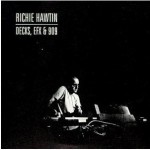 album and concept that would be continued in later releases. His setup consisted of two Technics 1200 turntables, multiple stomp effects pedals, and a Roland 909 drum machine. Rather than merely mix the records seamlessly (no small feat in itself), Hawtin was able to create new rhythms and effects on the fly. Decks, Efx, 909 has a hard pummeling sound. Hawtin even mixes in sped-up Nitzer Ebb tracks at some points. The album is a masterful mix, and laid the foundation for Hawtin’s later experiments with mixing equipment and software.
album and concept that would be continued in later releases. His setup consisted of two Technics 1200 turntables, multiple stomp effects pedals, and a Roland 909 drum machine. Rather than merely mix the records seamlessly (no small feat in itself), Hawtin was able to create new rhythms and effects on the fly. Decks, Efx, 909 has a hard pummeling sound. Hawtin even mixes in sped-up Nitzer Ebb tracks at some points. The album is a masterful mix, and laid the foundation for Hawtin’s later experiments with mixing equipment and software.
Hawtin helped create the digital music interface called Final Scratch. It is a system that allows the DJ to manipulate digital music files with special records. Without the physical limitations of vinyl, Hawtin began using a loop based mixing style, rather than the track based structure. His mixes expanded to hundreds of sources. He also abandoned his earlier more aggressive style for a much more contemplative sound.
Hawtin recently left Windsor/Detroit for Berlin, the new Mecca of techno.
The last time Richie Hawtin spun in Baltimore was back in 2003 at the 4th of July party at the then newly opened Saratoga Street location of Sonar.
Related posts
- Virgin Fest 2008 Review: SaturdayI was not expecting too much from the Saturday line-up,...
- My Heart Still Beats in 4/4: Virgin Festival Dance Tent & Blank Artists ReviewElectronic Dance Music was not the first music I fell...



















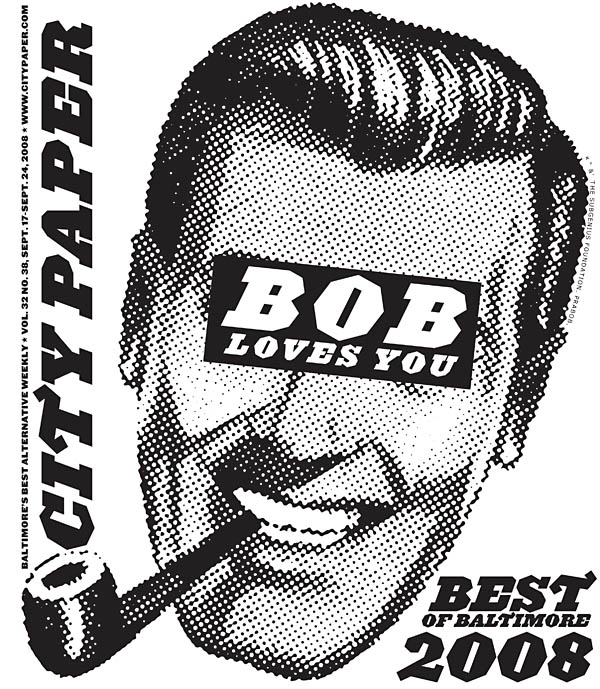
 Double Dagger: Masks EP
Double Dagger: Masks EP Pfisters: Narcicity
Pfisters: Narcicity Lizz King: All Songs Go To Heaven
Lizz King: All Songs Go To Heaven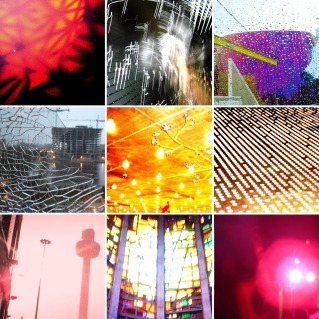 Imperial China: Phosphenes
Imperial China: Phosphenes Mopar Mountain Daredevils: Mopar Bloody Mopar
Mopar Mountain Daredevils: Mopar Bloody Mopar Lonnie Walker: These Times, Old Times
Lonnie Walker: These Times, Old Times Built to Spill: There Is No Enemy
Built to Spill: There Is No Enemy Hypnotic Brass Ensemble: Hypnotic Brass Ensemble
Hypnotic Brass Ensemble: Hypnotic Brass Ensemble Secret Mountains: Kaddish EP
Secret Mountains: Kaddish EP Bela Fleck: Throw Down Your Heart: Tales From the Acoustic Planet, Vol. 3 -Africa Sessions
Bela Fleck: Throw Down Your Heart: Tales From the Acoustic Planet, Vol. 3 -Africa Sessions Lands & Peoples: Lands & Peoples EP
Lands & Peoples: Lands & Peoples EP Caleb Stine: Eyes So Strong and Clean
Caleb Stine: Eyes So Strong and Clean Wye Oak: The Knot
Wye Oak: The Knot Pontiak: Maker
Pontiak: Maker White Rabbits: It's Frightening
White Rabbits: It's Frightening Dirty Projectors: Bitte Orca
Dirty Projectors: Bitte Orca Double Dagger: More
Double Dagger: More Elvis Perkins in Dearland: Elvis Perkins in Dearland
Elvis Perkins in Dearland: Elvis Perkins in Dearland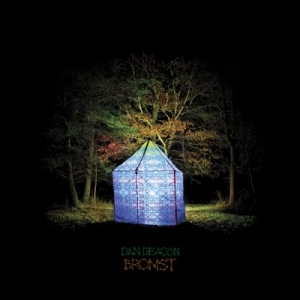 Dan Deacon: Bromst
Dan Deacon: Bromst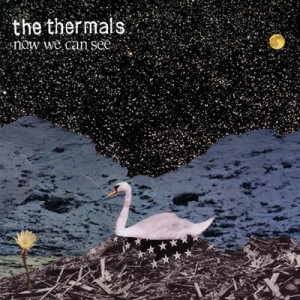 The Thermals: Now We Can See
The Thermals: Now We Can See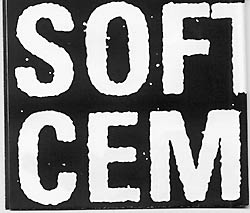 Soft Cement: Think About It EP
Soft Cement: Think About It EP Arbouretum: Song of the Pearl
Arbouretum: Song of the Pearl The Pains of Being Pure at Heart: The Pains of Being Pure at Heart
The Pains of Being Pure at Heart: The Pains of Being Pure at Heart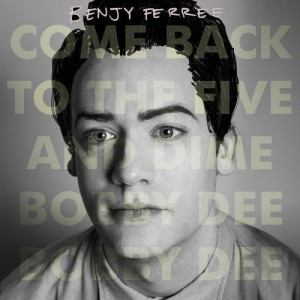 Benjy Ferree: Come Back to the Five and Dime, Bobby Dee Bobby Dee
Benjy Ferree: Come Back to the Five and Dime, Bobby Dee Bobby Dee Weekends: Weekends
Weekends: Weekends Height With Friends: Baltimore Highlands 12" LP, Limited-Run Vinyl Only
Height With Friends: Baltimore Highlands 12" LP, Limited-Run Vinyl Only Caverns: Kittens! EP
Caverns: Kittens! EP Little Joy: Little Joy
Little Joy: Little Joy Abigail Washburn & the Sparrow Quartet:Abigail Washburn & the Sparrow Quartet
Abigail Washburn & the Sparrow Quartet:Abigail Washburn & the Sparrow Quartet The Secret Machines: Secret Machines
The Secret Machines: Secret Machines The Bug: LondonZoo
The Bug: LondonZoo 13th Floor Elevators: Psychedelic Sounds of the 13th Floor Elevators (Vinyl Mono LP only)
13th Floor Elevators: Psychedelic Sounds of the 13th Floor Elevators (Vinyl Mono LP only) Arbouretum/Pontiak: Kale (Vinyl LP only)
Arbouretum/Pontiak: Kale (Vinyl LP only) Small Sur: We Live in Houses Made of Wood
Small Sur: We Live in Houses Made of Wood AbeVigoda: Skeleton
AbeVigoda: Skeleton ImperialChina: Methods: EP
ImperialChina: Methods: EP
We still want an interview!
Plastikman is sickkkkkkkk.
Wish you’d come give us a crazy night in Lebanon Hawtin!!